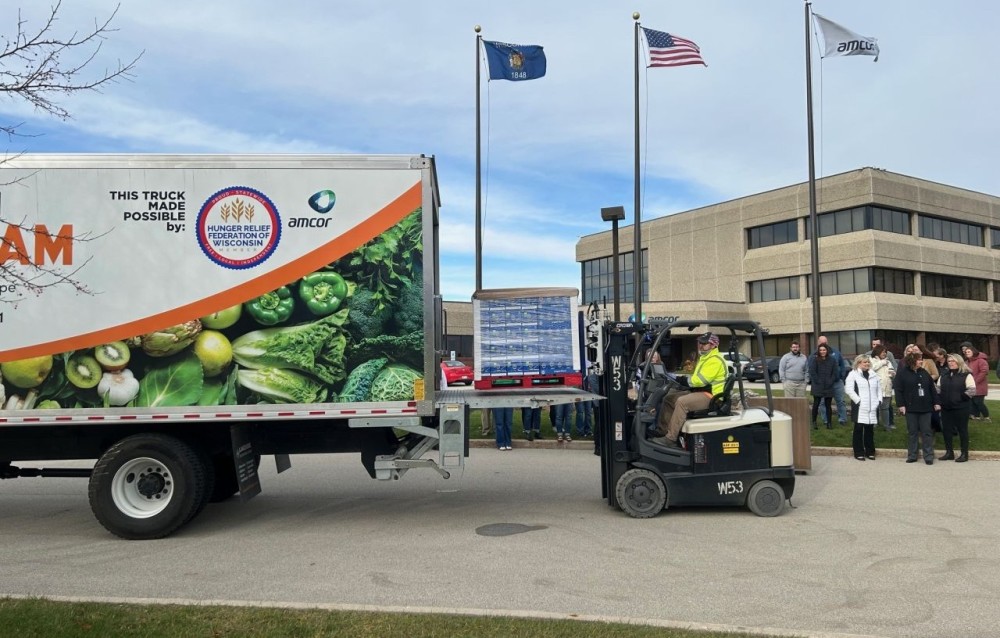Statement from David Byers, Chief Executive Officer, CO2CRC
Cutting-edge scientific instrumentation will be deployed in Gippsland this week as part of a new approach to achieving pinpoint accuracy in measuring greenhouse gas emissions (primarily carbon dioxide) in the region.
The deployment of this equipment is part of the Gippsland Monitoring Network, managed by CO2CRC, and will help build knowledge about the local coastal environment and its natural climatic variability. The equipment will also aid in developing accurate, cost effective monitoring methods that can measure and correctly attribute small changes to greenhouse gas concentrations.
A technological breakthrough in the development of an instrument, called an Open Path – Fourier Transform InfraRed Spectrometer – will enable scientists to accurately detect and monitor extremely small changes in greenhouse gases across larger areas in the Gippsland region. The new instrument, developed by the University of Wollongong, uses near infra-red light to detect greenhouse gas concentrations across distances of up to 1.5kms. Monitoring such large distances increases the chance of detecting the micro changes that allow deeper scientific understanding of variations in concentration of greenhouse gases. Traditional techniques rely on much smaller air samples passing through an instrument which limited its range of use. The infra-red light is safe and similar to the technology used in a TV remote control device.
The University of Wollongong will work in collaboration with The University of Melbourne to calibrate and test the research models and monitoring equipment. The research is funded and managed by ANLEC R&D.
This new approach to atmospheric sampling could support potential carbon capture and storage (CCS) projects in Gippsland. Deploying CCS will help Australia lower its carbon dioxide emissions from heavy industry by injecting carbon dioxide deep underground for permanent storage instead of releasing it to the atmosphere.








